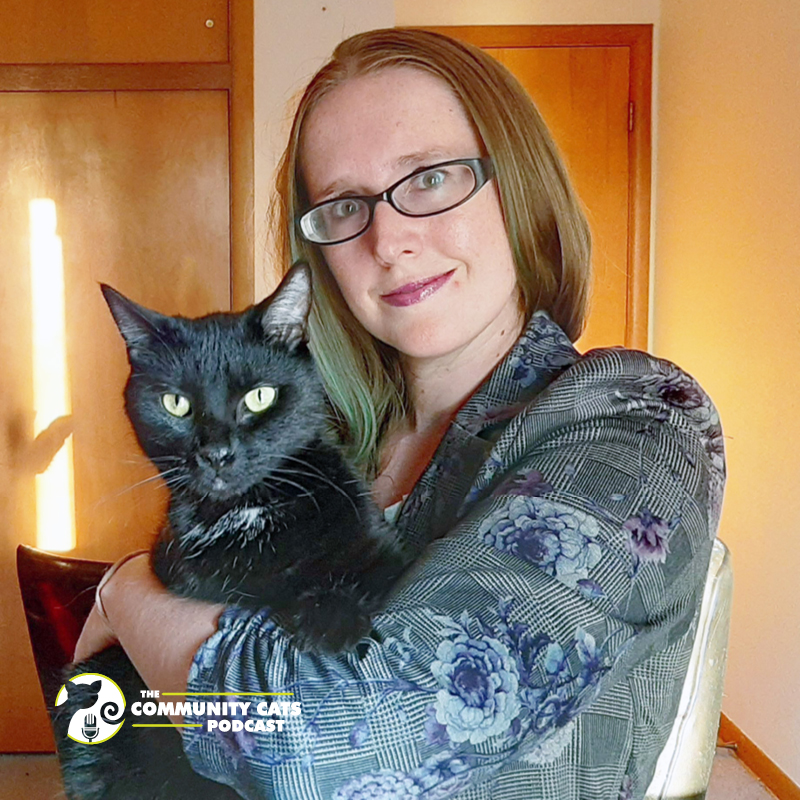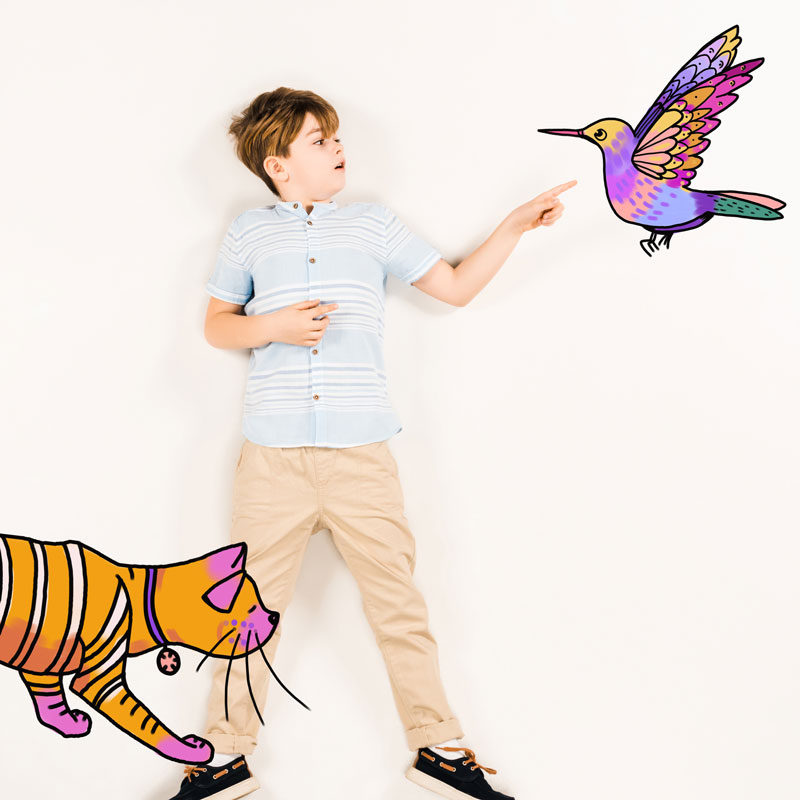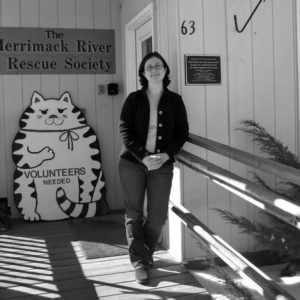
Sam Wilson – Program Director, Iowa Humane Alliance
February 9, 2021
Maura Thomas – Empowered Productivity™ System
February 16, 2021
Let’s face it: It’s been a long nine-plus months of social distancing and staying inside way more than we might normally have. In some ways, we’re learning what it’s like to be indoor cats—especially one who used to spend time outdoors.
One great way to keep your cats—and yourself—entertained is with a little “Bird TV.” A birdfeeder or two can be an easy, exciting way to bring the outside in, so we have a few tips for you on how to get started:
- Figure out where to put your feeder. To avoid window collisions (a major cause of bird mortality), you’ll want your feeders either within three feet of a window, or more than thirty feet away. Obviously, the first option is going to be a lot more exciting for your cat, so we suggest that! You’ll also want to make sure you’re putting your feeder outside a window that your cat can access easily. You might consider moving a cat tree in front of the window or getting a platform bed that attaches to the windowsill. Bay windows are also a great choice, as they have plenty of room for cats to hang out and tune in to Bird TV.
- Decide how you will hang your feeder. If you own your home or have a yard you can make modifications to, putting a sturdy pole with hooks on it in the ground outside a window is a good way to start. If you’re above the ground floor, look for a strong suction cup feeder, or a window feeder (your cat will love it!).
- Choose your feeder. Again, there are tons of choices, but a great type to start with is a small tube feeder that can hold and dispense a variety of seeds and has perches for multiple birds. If you happen to have a ground-level window, you can opt for a platform feeder that sits on the ground. If you live in an area with hummingbirds, you may want to choose a hummingbird feeder for starters, assuming it’s the right time of year for them. Whatever feeder you choose, just make sure it’s easy to clean (see #5)!
- Pick your seed. Black-oil sunflower seed is a good one to start with. It will attract a wide variety of birds without costing too much. If mess from discarded hulls is an issue, you can pick sunflower “meaties,” which have the hulls removed. If you’re feeding hummingbirds, don’t waste your money on nectar mixes. Simply boil a 4:1 mixture of water to sugar, let it cool, fill your feeder, and keep the rest in the fridge. Don’t add red coloring—the birds don’t need it, and it can even be harmful!
- Keep your feeders clean. To avoid the growth of mold and bacteria that can cause disease among birds, clean your feeders weekly, ideally with a bleach solution. Hummingbird feeders should be emptied, cleaned, and refilled with fresh nectar every three days or so—more often in hot weather.
- Enjoy—and be prepared to get hooked! It may take a little while for feathered friends to find your feeders, but once they do, be ready to find yourself wanting more feeders, perhaps a bird bath, maybe some bird houses . . . and you’ll definitely want to know who’s coming to visit. Your cat may not care which bird is which, but if you do, check out the Cornell Lab of Ornithology’s Merlin Bird ID app, which offers a series of steps to help you figure out which bird you’re seeing. Or, if you prefer a bird book, you can’t go wrong with the Peterson Field Guides or the Sibley Guides.
A few other thoughts: It may seem like it goes without saying, but it is imperative that no matter how excited your cat gets about the birds, kitty needs to enjoy them from indoors only. We all know that indoor-only cats live longer lives, but making sure our backyard birds stay healthy and happy is another important reason to keep cats in!
If you live somewhere where feeders just aren’t an option, try watching birds online through the many live cams available. Even if your cat doesn’t enjoy them, you’ll love being transported to interesting locations around the country and the world.
If you want to learn more about birds, feeding birds, and bird conservation, visit The Cornell Lab of Ornithology, National Audubon Society, or the American Birding Association. And for more on how cat people and bird people can work together, make sure to listen to CCP Episode 262, featuring Karen Kraus of the Feral Cat Coalition of Oregon and Bob Sallinger of the Audubon Society of Portland.





